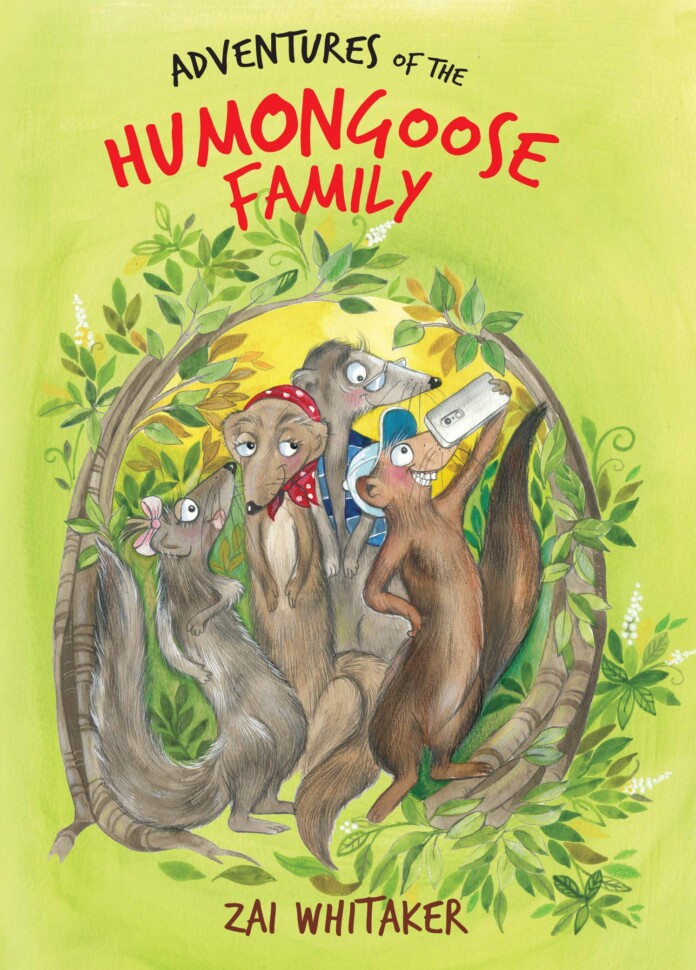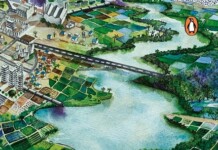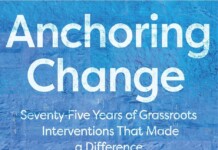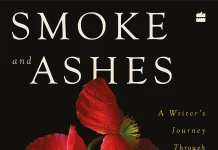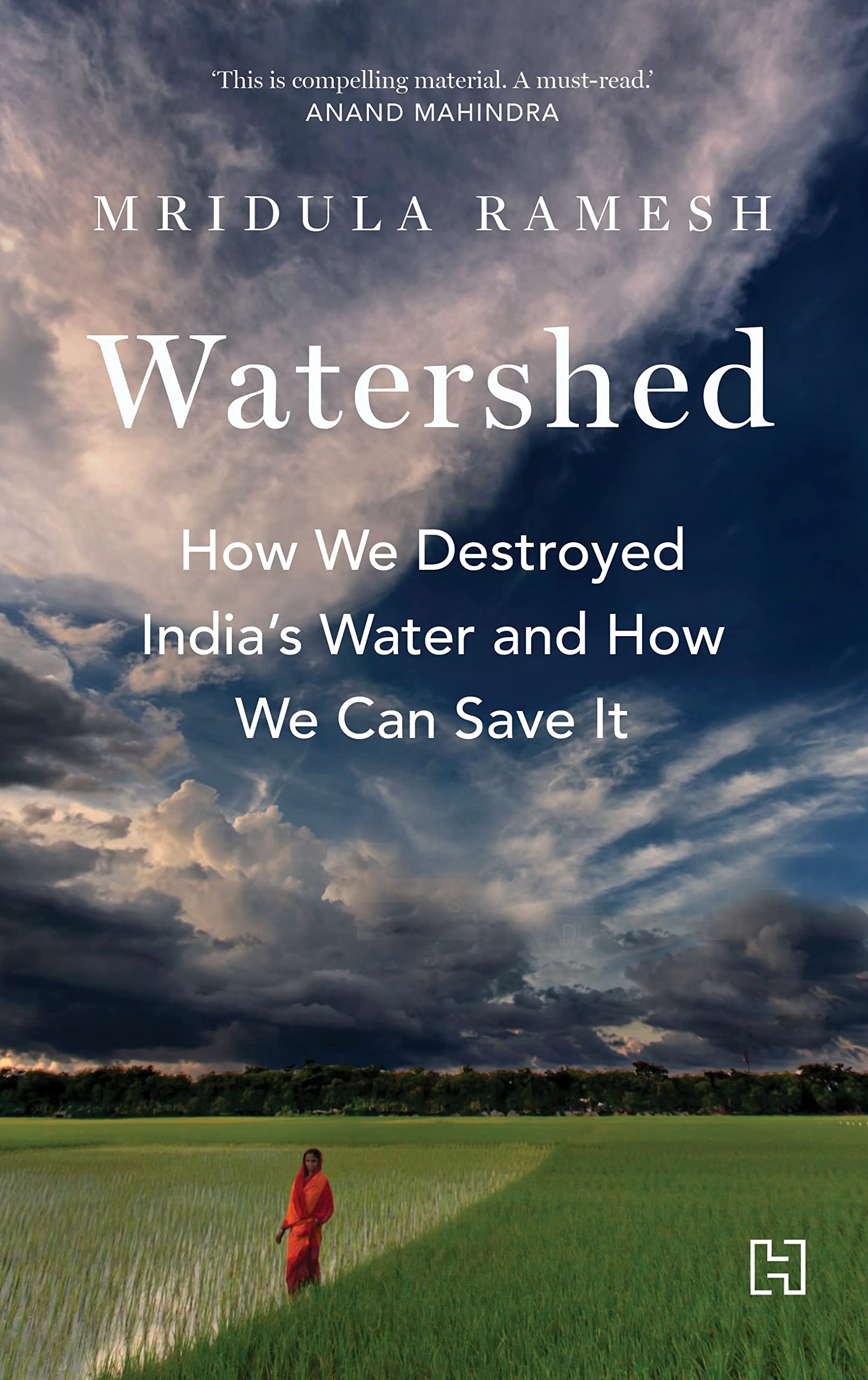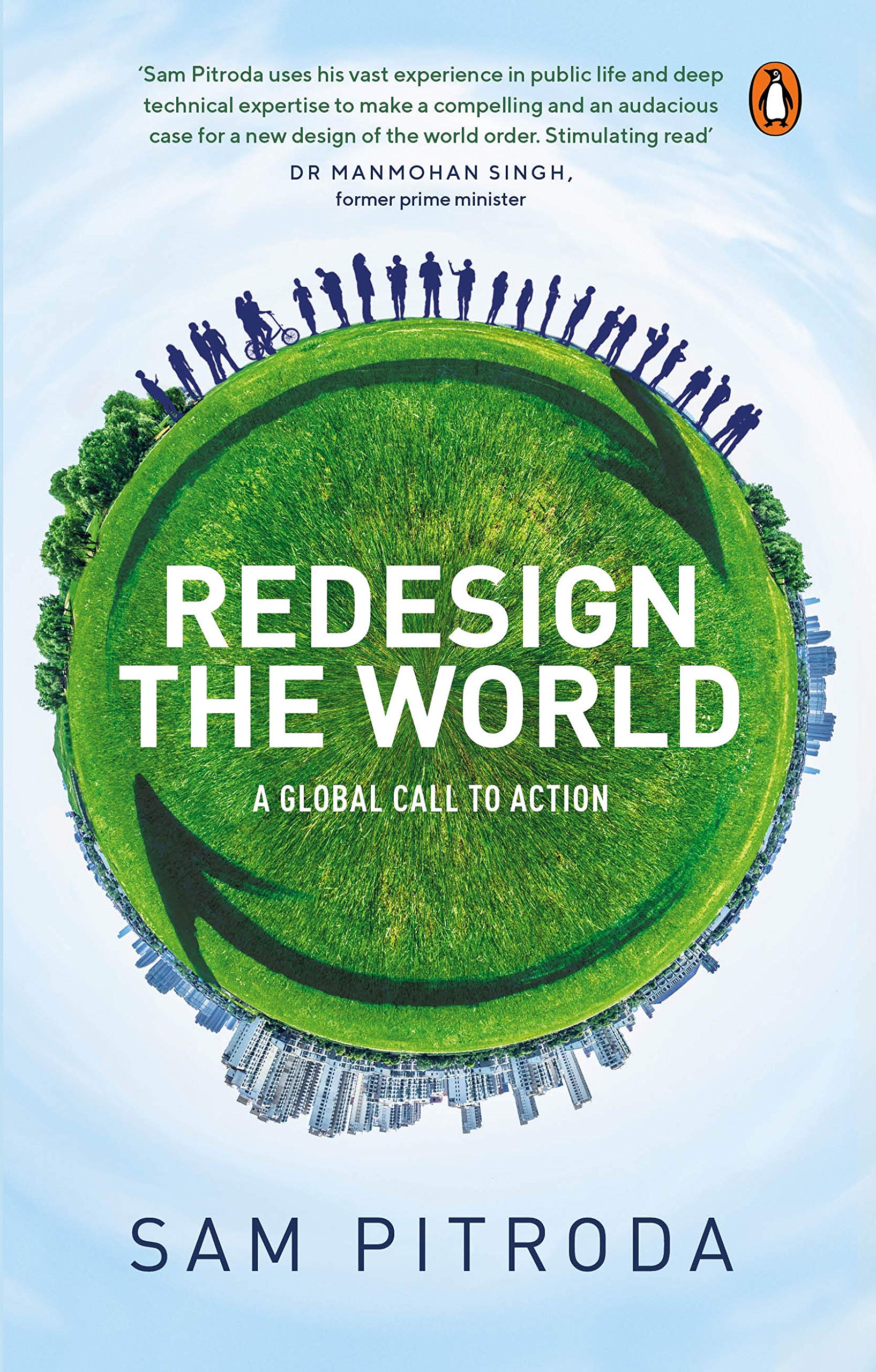When woodcutters begin chopping down the trees in their forest and a drought makes it difficult to find food, Gundu and Keeri Humongoose – mongooses with a difference – decide to leave their home and look for a safer place. Travelling with all their possessions, they are enchanted by the lush green of a paddy field, the wide open sky above and the strange ‘two-legged’ creatures who frequent the pond near the paddy field.
Although troubled by the behaviour of these ‘people-creatures’, they soon discover one big advantage of living close to them. Given the amount of garbage generated by these creatures, there is an abundance of rats, making hunting far easier than the forest. So Gundu and Keeri settle down close to the people-creatures and soon they have their own little ones – Jumpy and Bounce – whose antics fill their hearts with pride. But what happens when Jumpy is captured by the people-creatures? Do they manage to find her? Does this change their mind about their home in the paddy field?
Although I’m not a fan of anthropomorphised characters, the characters in Adventures of the Humongoose Family written by Zai Whitaker and published by Tulika, endeared themselves to me. They offered an entertaining mongoose-eye-view of the human world and the effects of human actions on the natural world.
Before I read this book, I had never really thought much about mongooses. But the author, who is closely acquainted with them, draws one’s attention to these creatures that share our space even in urban areas, yet remain largely unknown. Niloufer Wadia’s playful black and white illustrations lend a whimsical feel to the book and add to its effortless humour.
An easy read, my only quip about this book is that I wanted to know more about Falmey Dook – the big Humongoose family book – that is mentioned in the beginning of the story but fails to feature again. It may have been interesting to have the family sitting around the book to write about Jumpy’s capture, bringing in an additional element of family stories and traditions into the narrative.


